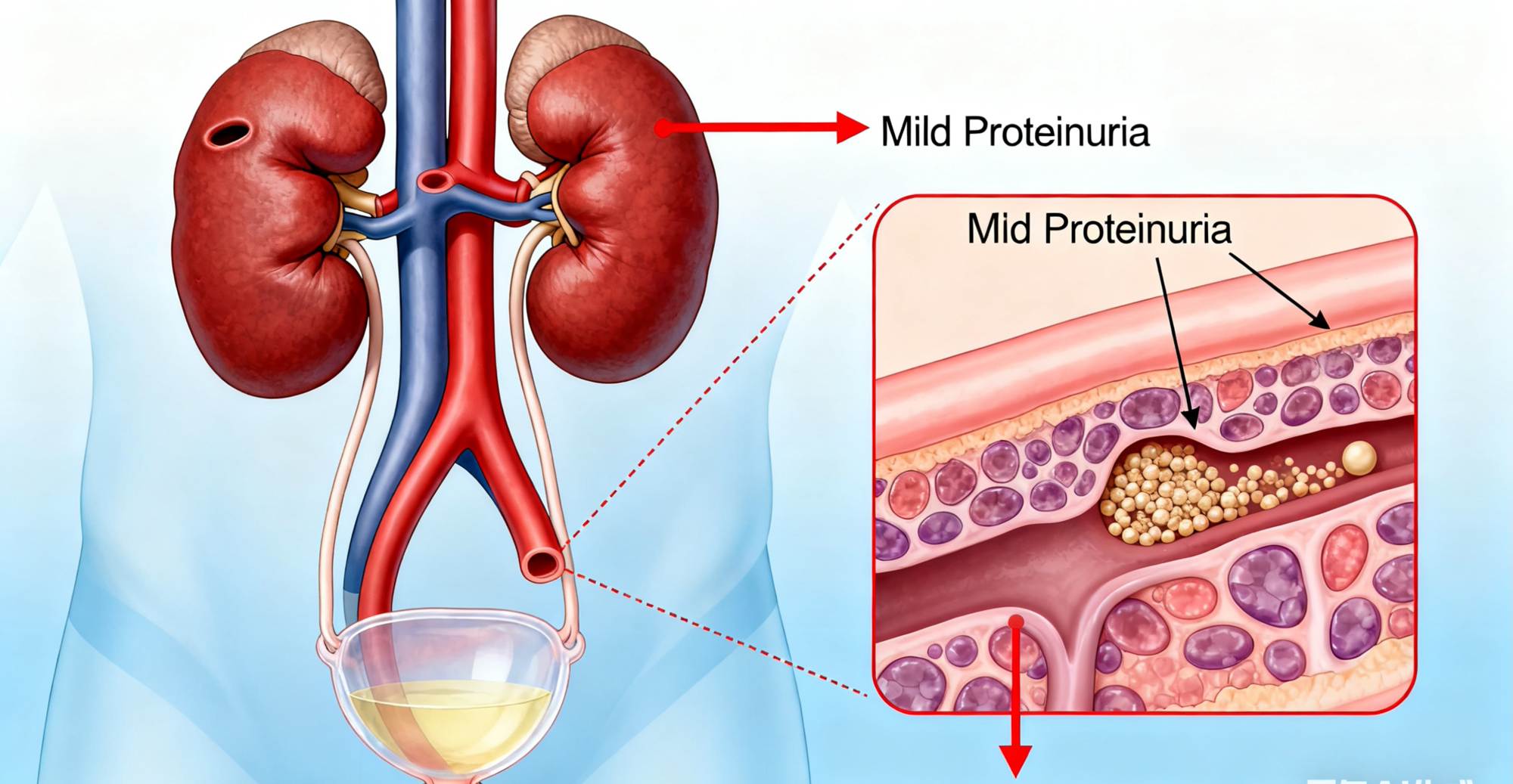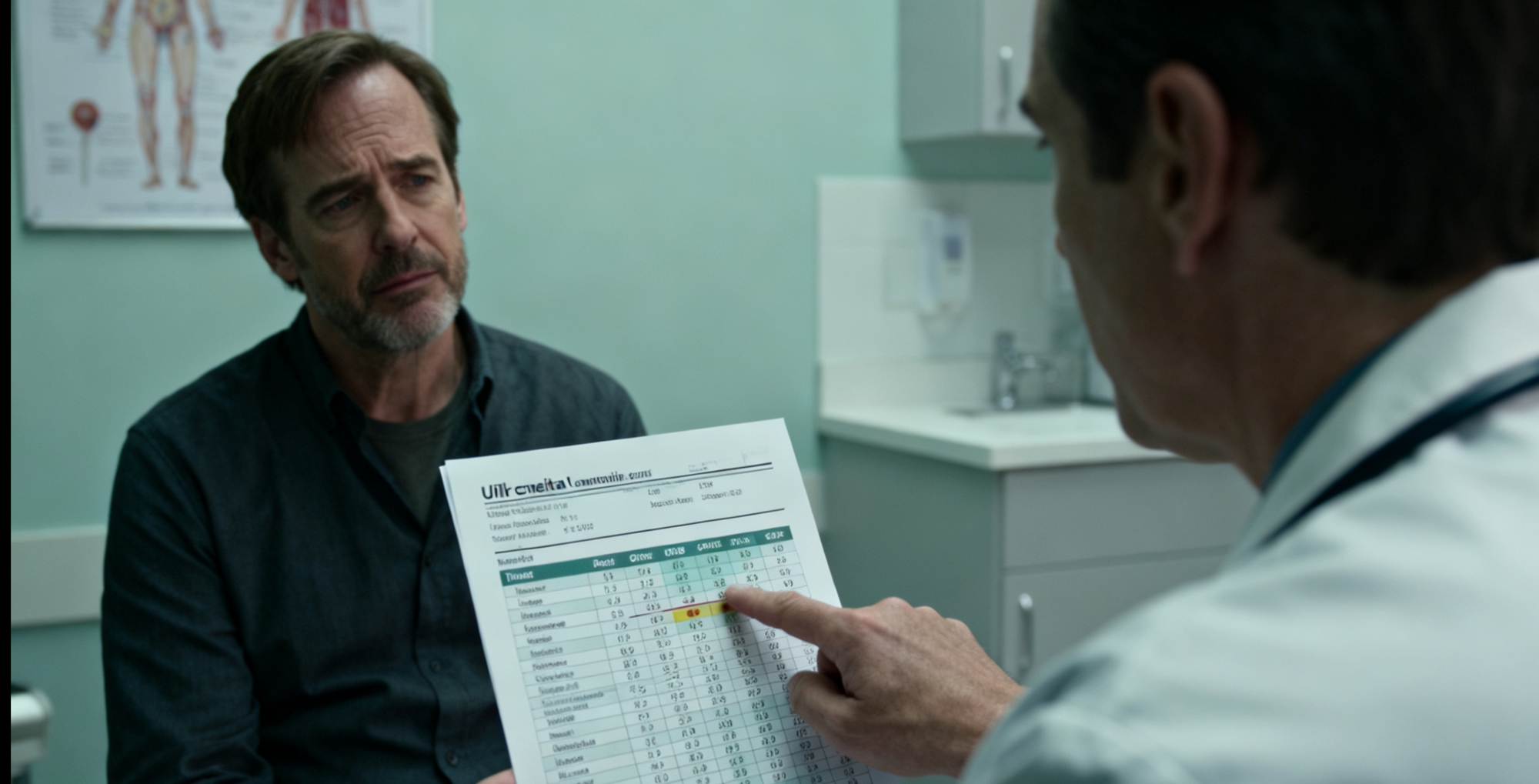Anemia is quite common clinically. There are many causes of anemia, which can be classified according to the cause, such as iron deficiency anemia, aplastic anemia, megaloblastic anemia, hemorrhagic anemia, hemolytic anemia, thalassemia, etc.
Usually, we assess the severity of anemia based on hemoglobin levels. Hemoglobin levels above 90 g/L (below normal) are considered mild anemia, between 60-90 g/L are moderate anemia, and below 60 g/L are severe anemia.
Once anemia occurs, a series of symptoms will appear. The severity of the symptoms is related to the degree of anemia. The more rapidly anemia develops and the more severe the anemia, the more pronounced the symptoms will be.
content
1. Pale skin and mucous membranes
2. Weakness
3. Central nervous system
4. Cardiovascular system
5. Digestive system
6. Poor peripheral circulation
7. Reproductive system
8. Urinary system
1. Pale Skin and Mucous Membranes
Patients with anemia generally have a sallow, pale complexion, lacking color, and their skin and hair are dry and dull. The color of the palpebral conjunctiva, the thenar and hypothenar eminences of the palms, and the nail beds are generally considered reliable indicators.
 2. Weakness and fatigue
2. Weakness and fatigue
Anemia patients often feel tired and drowsy due to muscle ischemia and hypoxia. Walking or climbing stairs feels like walking with lead in the legs; fatigue is the most common and earliest symptom.
3. Central nervous system
Common symptoms include dizziness, headache, tinnitus, blurred vision, poor concentration, memory loss, and excessive sleepiness. Acute or severe anemia can cause sudden fainting and loss of consciousness, especially in the elderly.
4. Cardiovascular system
Due to low red blood cell and hemoglobin levels, cells have reduced oxygen-carrying capacity, leading to organ hypoxia. Physical activity can cause palpitations and shortness of breath. People with severe anemia experience shortness of breath even with slight exertion, feeling chest tightness and difficulty breathing. Long-term anemia can also cause anemic heart disease.
5. Digestive system
Anemia patients experience decreased digestive and absorptive functions due to ischemia and hypoxia in the digestive system, resulting in symptoms such as loss of appetite, abdominal distension, nausea, and constipation.
6. Poor Peripheral Circulation
Due to low red blood cell counts, anemic patients need to supply most of their oxygen to internal organs and the brain, leading to poor peripheral circulation. This results in cold hands and feet, numbness, tingling sensations in the extremities, and a frequent feeling of coldness.
7. Reproductive System
Women with anemia often experience menstrual irregularities, such as oligomenorrhea or even amenorrhea.
8. Urinary System
Severe anemia can cause mild proteinuria and decreased urine concentrating ability.
Anemia poses a significant threat to health because the oxygen needed by the body's tissues and organs is transported by red blood cells in the blood. Therefore, anemia affects the function of various organs. The simplest way to check for anemia is to perform a complete blood count (CBC) to check red blood cell and hemoglobin levels. When anemia occurs, the focus should be on identifying the cause and then treating it accordingly. Iron deficiency anemia is treated with iron supplements; megaloblastic anemia caused by vitamin B12 or folic acid deficiency is treated with vitamin B12 or folic acid; erythropoietin is used for renal anemia; and bone marrow transplantation is used for aplastic anemia, etc.













